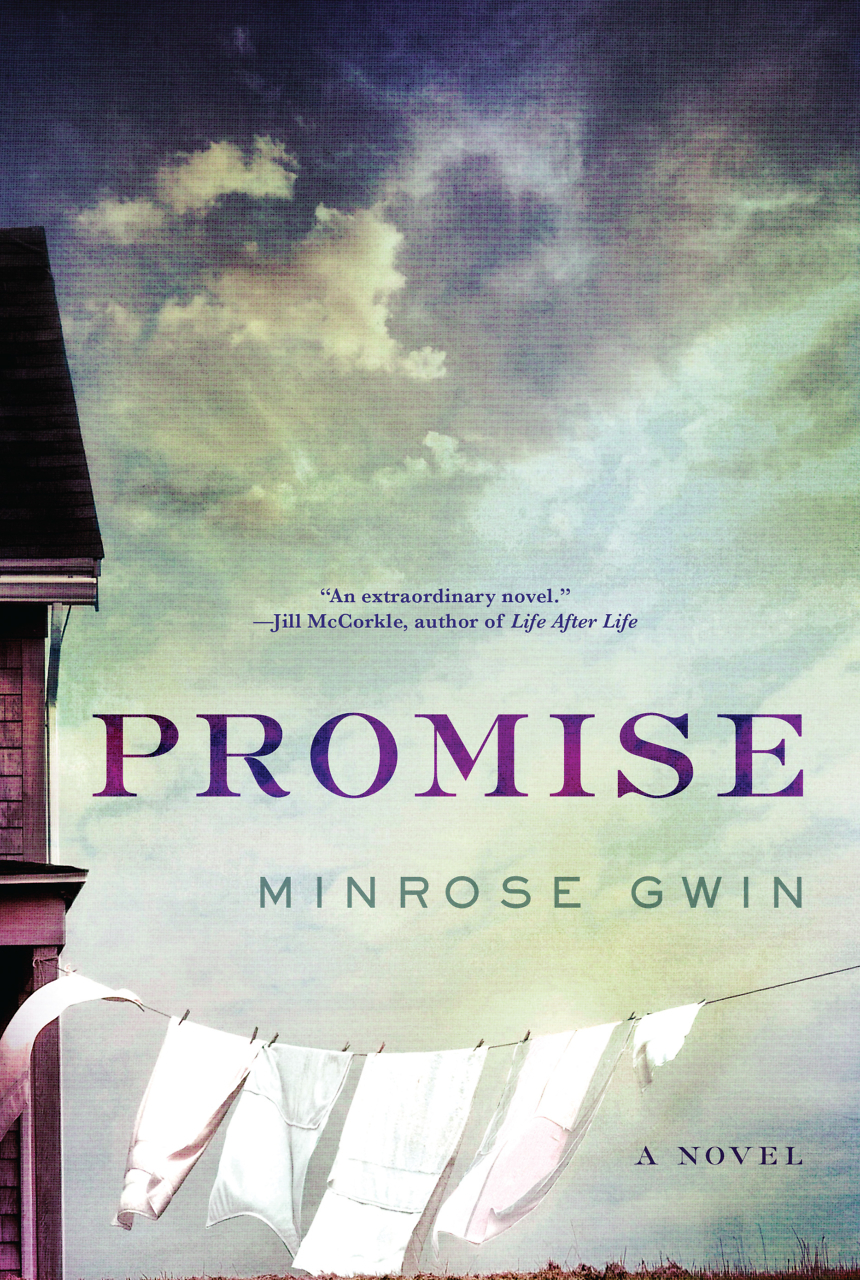The Shadow City
W.M. Akers’s debut novel, Westside, depicts an alternate New York where evil lurks
W.M Akers’s debut mystery, Westside takes place in an alternate version of New York City in 1921. A thirteen-mile fence running down the middle of Broadway separates the upstanding citizens of East Manhattan from the lawless degenerates of the Westside, where underworld dons (and donnas) control trade and maintain a precarious peace. During the day, Westside streets teem with danger. At night, no sane person walks the avenues without lighted torches and armed company. This world will feel all-too familiar to contemporary readers.
 The preoccupations of Akers’s characters parallel the concerns of modern New Yorkers—and of Americans generally. Citizens in Westside know that crime can’t be eradicated but hope it can be contained in desolate districts and restricted to the uncivilized hours of night. They fear that the weapons flowing into New York will wind up in the hands of criminals, but they aren’t comforted by armed cops, either. The wealthy believe they are safe in their exclusive enclaves, trusting that a wall will protect them from undesirables on the other side.
The preoccupations of Akers’s characters parallel the concerns of modern New Yorkers—and of Americans generally. Citizens in Westside know that crime can’t be eradicated but hope it can be contained in desolate districts and restricted to the uncivilized hours of night. They fear that the weapons flowing into New York will wind up in the hands of criminals, but they aren’t comforted by armed cops, either. The wealthy believe they are safe in their exclusive enclaves, trusting that a wall will protect them from undesirables on the other side.
At the center of the story stands Gilda Carr, diminutive in stature but grand in spirit, a private investigator who stumbles on conspiracies that expand far beyond her scope of inquiry. Gilda, based in Westside, prefers manageable cases, the “little questions” that “burrow into our brains like splinters and keep us awake at night.”
Edith Copeland asks Gilda to investigate a mystery that appears to be just the right size: she has lost one glove from a pair her husband gave her and would like to replace it. Gilda tracks the husband to Westside and discovers that he is leading a double life as a smuggler. When Gilda witnesses his murder, the case is no longer tiny.
 As the body count rises, Gilda’s friends urge her to drop the case, but she feels compelled to continue. Each clue she uncovers draws her into deeper danger; each revelation pushes her further into the past. She finds herself re-opening cases from the files of her father, legendary policeman Virgil “Clubber” Carr, who was a gang strongman before switching sides. Clubber never lost his taste for violence, and his persistence in ferreting out official corruption made him powerful enemies. Drummed out of the police force, he was a private investigator until his mysterious death in 1919 while investigating the disappearance of Alice Pearl, a young woman who had vanished into the Westside darkness. Neither Virgil’s death nor Pearl’s disappearance have been explained, but until now Gilda has been willing to live in doubt. Will she have the nerve to find the answers?
As the body count rises, Gilda’s friends urge her to drop the case, but she feels compelled to continue. Each clue she uncovers draws her into deeper danger; each revelation pushes her further into the past. She finds herself re-opening cases from the files of her father, legendary policeman Virgil “Clubber” Carr, who was a gang strongman before switching sides. Clubber never lost his taste for violence, and his persistence in ferreting out official corruption made him powerful enemies. Drummed out of the police force, he was a private investigator until his mysterious death in 1919 while investigating the disappearance of Alice Pearl, a young woman who had vanished into the Westside darkness. Neither Virgil’s death nor Pearl’s disappearance have been explained, but until now Gilda has been willing to live in doubt. Will she have the nerve to find the answers?
Gilda’s investigation re-connects her father’s old gang—her father’s one-time lover; the wingman who affects classy airs to disguise his gutter origins; a drunken cop. Together they once ruled the Westside alleys. Now they are locked in turf wars that could spell catastrophe for everyone.
The disappearances that have terrorized Westside over the years can’t be explained as simple crime; something entirely other prowls the obscure night. Gilda has sensed a supernatural presence that is real, if invisible. “Beneath our city,” she says to Mrs. Copeland, “there is something else. What if I said that beneath our city there were shadows and smoke and death?” Her father once came to the same conclusion. Before his death he spoke of “a shadow city” that exists out of our sight, “a whole city of the dead, come to blot us out.”
Akers’s characters preserve their humanity by clinging to childish hobbies and playful pursuits. One tasks Gilda with finding the best roast beef sandwich in Manhattan. Another hires her to identify a song that is stuck in his head. Gilda herself prefers to spend evenings re-creating baseball games with the aid of old newspapers and a scoring book.
Westside proceeds at an unrelenting pace. Each time Gilda escapes one trap, she runs immediately into something worse. Akers finds time, though, to inject the prose with vivid descriptions. In Gilda’s neighborhood, the “air was rank with glorious decay—like the water in the bottom of a vase of rotting sunflowers.” With its cast of colorful villains and its brilliantly realized metropolitan landscape, Westside is likely the first of a series, giving readers more chances to visit Akers’s creepy yet recognizable world.

Sean Kinch grew up in Austin and attended Stanford. He earned a Ph.D. from the University of Texas. He now teaches in Nashville.


